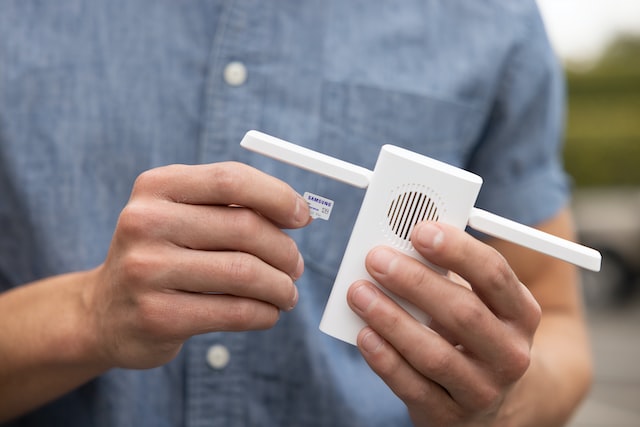WiFi has evolved into much more than a simple means of accessing the web. It is now an integral part of how we go about our daily lives, allowing us to work more effectively and communicate with others. Easy-to-access WiFi has become a necessity with the proliferation of high-tech wearables, smart appliances, and machinery, as well as other WiFi-enabled devices. Nowadays, many want to know about Wi-Fi extenders how do they work.
Many of us have, therefore, invested in cutting-edge networking equipment like WiFi Extenders, boosters, as well as Powerline Adapters to not only increase the range and speed of our existing network. This is to ensure that we can always maintain a secure and reliable connection. It’s no wonder that the topic “how do Wi-Fi extenders work?” has been trending on search engines, given that they’re a low-cost investment with high potential returns.
The Pros, Cons, and Upgrade Necessity of Wi-Fi
When it’s reliable, WiFi is a godsend, allowing us to stay in touch wherever we may be. Wi-Fi allows us to conduct business. Keep in touch with loved ones at a fraction of the cost (or for free) that data providers demand. Many of us have found that having access to WiFi while quarantined at home during the coronavirus outbreak has helped us preserve our sanity.
Businesses have benefited from WiFi for quite some time, whether they are large corporations or small cafes. Wi-Fi has helped them cut down on communication costs, and upgrade to more cutting-edge machinery. They transform their physical location into an intelligent one through the use of analytics and automation. Wi-Fi, since it enables us to accomplish so much more and because of the many liberties and conveniences it provides, has quickly become a highly prized commodity.
What Is A Wi-Fi Extender?
A Wi-Fi booster, or extender, acts like a second router in your home to improve your Internet connection. Wi-Fi extenders are devices that connect to your router (wirelessly or via an Ethernet cable) to bring Wi-Fi coverage to previously unreachable areas of your home. It’s possible that some rooms in your house won’t be able to access the Internet owing to physical barriers like walls and furniture. This could remove “dead zones” by installing a Wi-Fi range extender in the affected area.
Along with this arise Wi-Fi extenders how do they work?
Types Of Wi-Fi Extenders
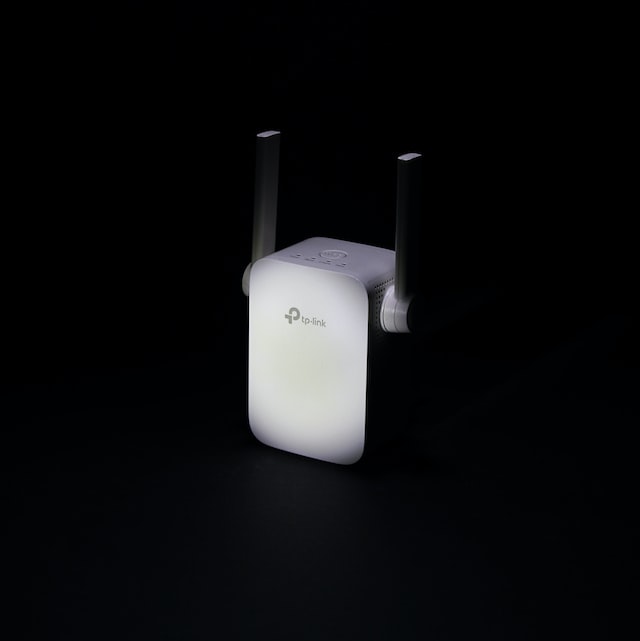
While WFi boosters, repeaters, and network extenders all refer to the same piece of hardware, there are several varieties of network extenders that perform slightly different functions. So, if you want to know about Wi-Fi extenders how do they work, it is better to have an idea about the different types.
SanDisk SSD PLUS 240 GB SATA 6Gb/s SSD
Upgrade to the Lightning-Fast Performance of SSDs, it is up to 20 times quicker than a standard hard disk drive. Improved boot time, shutdown time, application load time, and reaction time enhance burst write speed. That’s why it’s a fantastic choice for most desktop computers.
Read/write rates of up to 535MB/s/450MB/s for the 960GB model; up to 445MB/s for the 480GB model. 530MB/s/440MB/s for the 240GB model, up to 400MB/s for the 120GB model. Shock-resistant for proven longevity, even if you fall on your computer, guaranteed for only three years.
PNY XLR8 CS3030 – SSD – 500 GB – PCIe
If you have a PC or Mac with NVMe capability and are looking to upgrade from a SATA-based SSD, the PNY CS3030 M.2 NVMe SSD is a great option. Improve your system’s responsiveness, speed, and responsiveness with the CS3030 drive. It replaces sluggish SATA SSDs.
NVIDIA Jetson TX2 8GB RAM 32GB eMMC 5.1 Module
The Jetson TX2 Module is an embedded AI computer that is both quick and low on power consumption. This module-based, 7.5-watt supercomputer offers real AI computing on the edge. The GPU is from NVIDIA’s Pascal series. It features a memory bandwidth of 59.7 GB/s and 8 GB of RAM. It is simple to incorporate into a wide variety of devices and form factors thanks to its common hardware interfaces.
Wi-Fi Extenders How Do They Work: Their Benefits
There is little doubt about why you would want to use a WiFi extender. Knowing about Wi-Fi extenders how do they work, and their purpose may give us an idea of their benefits. Because of these tools, you can:
1-Reduce or do away with stale areas
A range extender might help you get rid of annoying dead zones in your home network by increasing the coverage area.
2-Accelerate the Internet
While you may still be able to send and receive data, the speed may decrease as you go closer to the network’s boundary. An extension could help if you’ve noticed slower speeds in some parts of your home.
3-Cost-Efficient
Instead of buying additional routers to strategically place around your house or workplace, you can simply use an extension to increase the coverage area of your current router.
4-Wi-Fi is Available in the Great Outdoors
WiFi signals can be impeded or slowed by walls. Your router’s signal strength may be inadequate for users located outside of your property if it is located inside. An amplifier can help bring the signal to the backyard or other outdoor locations.
Wi-Fi Extenders How Do They Work: Potential Downsides
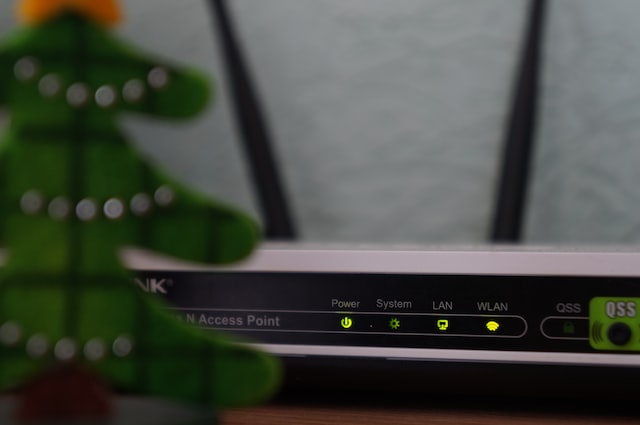
Placement and interference are two of the most common problems with Wi-Fi extenders. There are other pitfalls to overcome if you intend to get the most out of your extender. The majority of these networking gadgets are plug-and-play, which is excellent. Some of them can also set up several Wi-Fi networks.
You may have to manage more Wi-Fi networks as the number of range extenders grows. So, you might have to set up your entire collection of wireless gadgets to work with either primary Wi-Fi or secondary Wi-Fi. The second Wi-Fi network that the extender creates is for your device. Automatic network selection is enabled.
It could happen at a weak signal location for one of the networks. It’s important to note that a Wi-Fi extender, while not as power-hungry as a more powerful Wi-Fi router, still needs electricity to ensure a reliable and stable internet connection across your home.
Reasons for Getting a Wi-Fi Extender for Your Home
1-Lacks Internet on the 2nd Floor
You put the wireless router in a great, unnoticeable spot. On top of the entertainment center in the basement family room, unfortunately, everyone with a bedroom on the upper floor has learned. The distance between both the routers and the users is too great for reliable internet access.
When considering how to expand coverage, consider going up instead of out. Connect a Wi-Fi extender to the ceiling of the upper-level room that is immediately over your router. Plug the Wi-Fi extender into an outlet in the family room rather than the main bedroom down the hall. If your daughter’s room is immediately above the family room, where the network is located, the signal is strongest near the router. Customers on higher floors can see it clearly.
2-Multiple Users Mean Slow Loading Times
When additional people in a house start using the internet, the signal can weaken. One solution is to install an extender to improve signal strength throughout the home. Then, when setting up a wireless network in your home, you should try to find a spot with as few obstructions as possible.
If possible, reduce the distance the signal must travel through obstacles. Putting the Wi-Fi extender in a place with an external access point will allow the indication for an outdoor area. Keep the path of the signal as clear as feasible, as per the standard procedure.
3-Wi-Fi Doesn’t Reach Outside
We enjoy being outside as much as possible throughout the summer months if it means getting some work done. Small ranges from the router, such as the back deck or deck, should not affect your connectivity, provided your internet service provider is dependable and your standard subscription does not impose bandwidth limitations. When setting up a wireless network in your home, you should try to find a spot with as few obstructions as possible. Keep the signal from having to go through as many obstacles as possible.
Extending the Existing WiFi Network: How Long It Is?
Taking the time to learn about the numerous Wi-Fi extenders how do they work, and the different choices available will allow you to make a more educated purchase decision. Wi-Fi range extenders come in three varieties:
1-Single-Band Wi-Fi Extenders
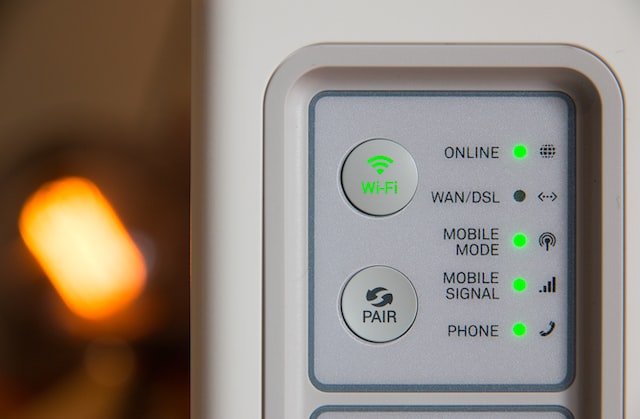
Most single-band extenders can only broadcast at 2.4 GHz. This is because the higher the frequency, the more the signal will be able to penetrate obstacles like walls, furniture, and floors. However, home electronics frequently operate at a 2.4GHz frequency. Things like microwave ovens, baby monitors, and outdated cordless phones are some examples.
When multiple devices try to share a single radio frequency, everyone could end up with slower download times. As an additional downside, signal-band extenders typically lose 50% of their bandwidth due to the fact that they receive and transmit signals at the same frequency.
2-Dual-Band W-iFi Extenders
The most popular type of extender is a dual-band one that can transmit both 2.4 and 5 GHz signals. It is possible to use both frequencies at once to communicate with Wi-Fi. Each will use the other to broadcast its own unique signal. Since there is less competition for the signal, you should experience higher WiFi connections.
3-Tri-Band Wi-Fi Extenders
For maximum WiFi range, invest in a tri-band extender that makes use of not one but two 5GHz channels in addition to the standard 2.4GHz band. You should expect increased WiFi speed and range with less interference for your devices. Tri-band extenders, which consist of multiple devices working together as one Wi-Fi hotspot, are the most popular use case for tri-band extenders. They go by the name “mesh extenders” as well.
Wi-Fi Extenders How Do They Work?
The two bands are not equivalent in terms of speed, range, or bandwidth. With slower speeds, the 2.4 GHz band allows for greater WiFi coverage. The 5GHz band, in comparison, offers fast data transfer rates but weaker WiFi signal strength.
The extension receives the wireless signal sent by the router through these frequencies. The extender will then generate its very own signal and send it to the locations where you’re losing service. It’s important to remember that the WiFi extender doesn’t really boost the strength of the wireless signal coming from the router.
It connects to the router to access the internet, then sends its own signal to cover the ground the wireless network missed. Because of this, your WiFi can reach further. It will be possible to rapidly get rid of the areas where there was previously no or poor WiFi signal.
How to Set Up Your Wi-Fi Extender?
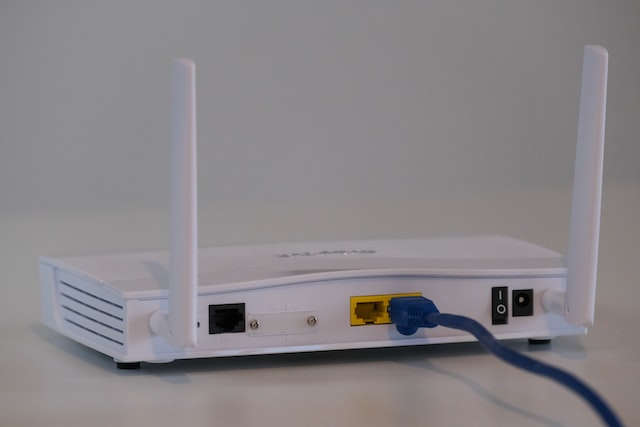
The technology behind Wi-Fi extenders has advanced greatly in recent years, making installation a breeze in comparison to its antecedents. To start, most modern devices feature a tiny light that illuminates when you’ve arrived at the sweet spot. It is where you can set up your extender, making it much easier to pinpoint the best spot for your setup. Connecting an extension to your network usually just requires you to press two buttons.
The next step is to give your Wi-Fi extended connection a name and secure it with a password. As a rule, you can make this process much easier by installing an app on your mobile device. The configuring process will then be finished.
Moreover, each brand of WiFi range extender has a somewhat different setup process. The following are generic instructions that can be used with most Wi-Fi extenders how do they work.
Join the Wireless Network Router and the Extender
Initiate setup by connecting the extender to a power outlet located in the same bedroom as the WiFi router. For some range boosters, you’ll need to click the WPS button from both ends before they’ll connect. In order to complete the installation of some programs, you must first visit a designated website. When the route extender is paired with the corresponding route, plug them in wherever you like.
Choose the Location for the Wi-Fi Extender
Set up your extension at a convenient spot. Place it where the signal will be strong from the router but far enough away to reach the target area. An Ethernet port is included on some models of extenders. It allows them to be utilized with devices.
It can only communicate via wired connections. A quick ethernet cable can be used to link the wired gadgets to the wifi range booster.
Frequently Asked Questions
Q: Do network extenders make the network slow?
If your network’s extension is communicating with other devices over the same radio frequency (RF) band as your router, your entire network could see a performance hit. Models of powerline extenders don’t have this problem because they connect directly to the router via the electrical wiring, making the network appliance quicker than the WiFi connection. One disadvantage of using a powerline extender is that your gadget will need to be in close proximity to a power outlet.
Q: Are extenders’ networks secure?
There is no difference in signal strength or security between the extender and a conventional WiFi router, as it uses the same communications protocols (WEP, WPA, and WPA2) and operates over the same signal. In the event that your network is safe, your extender will be safe as well.
Q: What is the best way to avoid lag and speed loss with an extender?
Even the greatest methods of network extension can cause a slowdown in the original connection, it’s crucial to employ at least two channels. One for reception and another for retransmission. With a single-band extender, transmission speeds can drop by as much as 50 percent. This is due to the necessity of receiving and retransmitting data packets over the same channel. Just by just receiving signals on one frequency and transmitting them on another, a dual-band setup will keep your WiFi running at top speed.
Q: Is a network extender the same as a Wireless Access Point?
An extender can help your Wi-Fi signal reach further, but it won’t provide you with any more data transfer capacity. The performance of a network can slow down the addition of too many connected devices. A wireless access point, on the other hand, can set up a WLAN and send a signal to a designated area, say, an entire room of an office building. When used in conjunction with wireless access points, extenders increase both the range and power of the WiFi signal.
The Bottom Line
A Wi-Fi extender is a worthwhile investment if you experience Wi-Fi dead spots in your house or just want to increase the number of devices that can connect to your Wi-Fi network simultaneously. Compared to upgrading data plans, this method of expanding Wi-Fi coverage is both more affordable and more successful.
Your Wi-Fi speed plan, the size of your home, and the intended purpose of your Wi-Fi extender all play a role in determining the best model. It works despite having fewer devices connected to your Wi-Fi than you’d like. You still aren’t getting the speed you need. It may be time to upgrade your plan and get a Wi-Fi extender.

